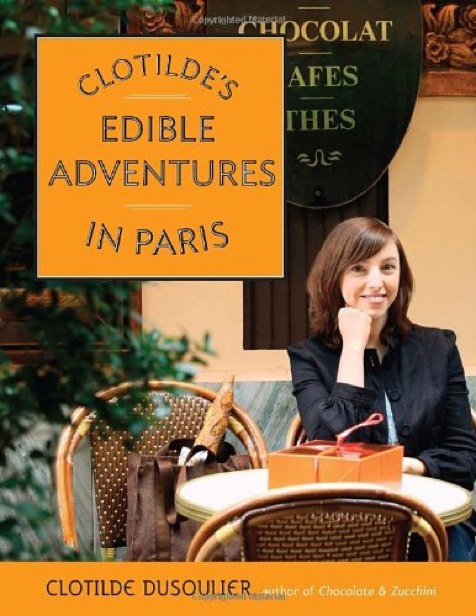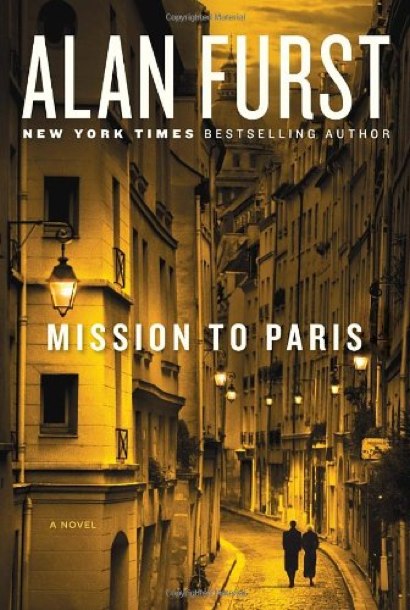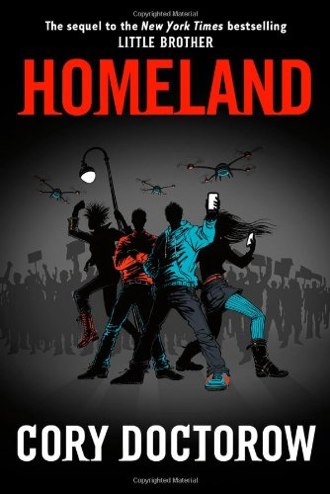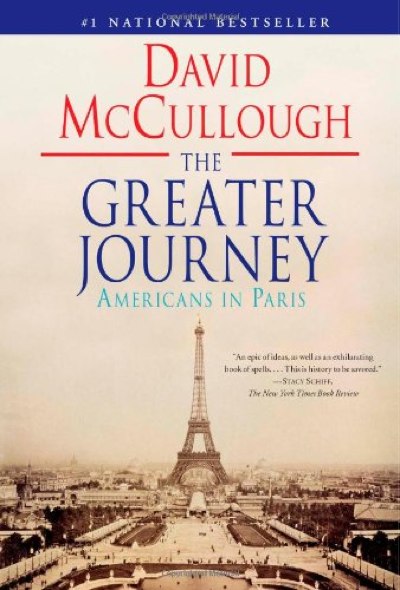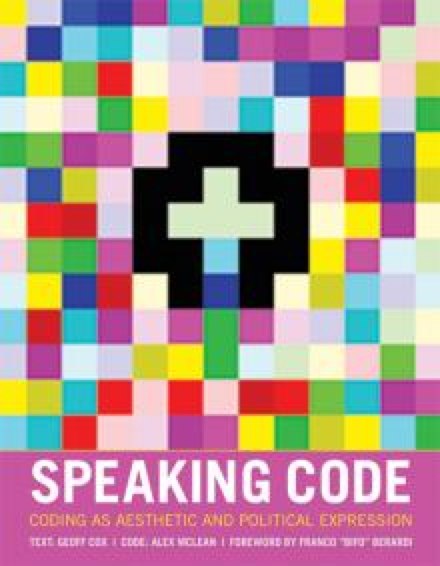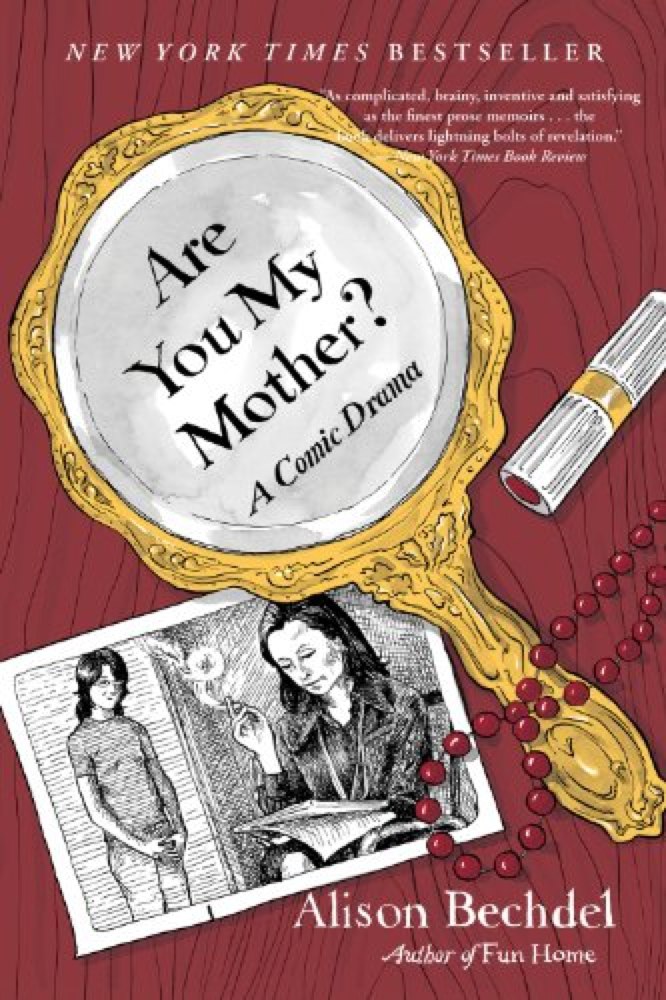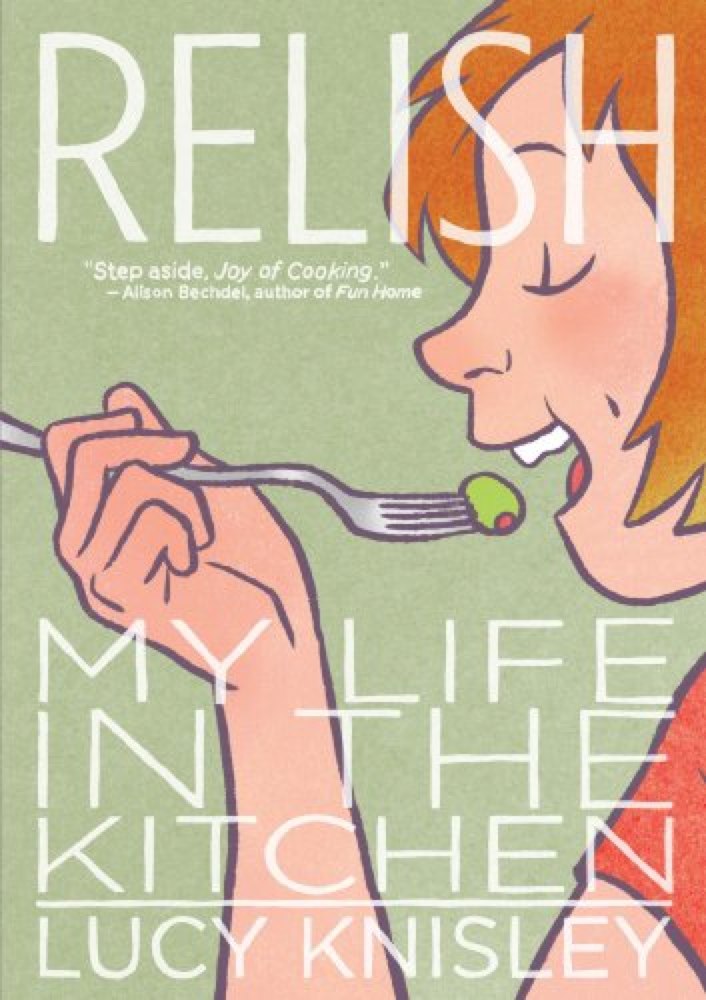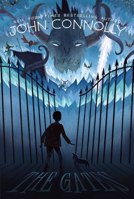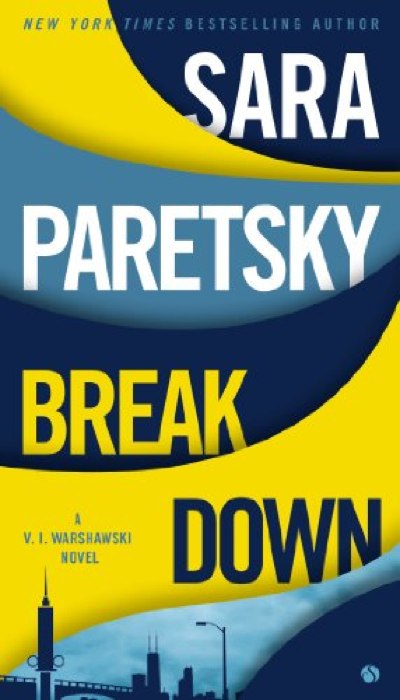The proof of this lively guide to restaurants and food shops of Paris will lie in my upcoming trip, I suppose, but this is a pleasant and amusing little read, well above the usual guidebook fare. The book is replete with tasty sidebars about language, customs, habits, and these are its particular strength.
Dusoulier’s weblog, Chocolate & Zucchini, captured my attention early on with a simple anecdote. Clotilde was having the neighbors to dinner, and she had a particularly nice wine. What should she cook? This was a revelation: no one had ever suggested to me that you could choose the wine first and build a meal around it, while every cookbook and wine seller talked all the time about pairing wine with particular foods. At restaurants, you always found out what people were ordering and then tried to pick a sensible wine; you never said, “Let’s have this interesting Bordeaux” first, leaving people to choose what they’d like to eat with that wine. Knowing how Clotildle was thinking about this opened up all sorts of possibilities.
There’s some of that in this book, but perhaps not quite enough. Perhaps age and celebrity and a baby have made her more private. Perhaps it’s a desire to put the restauranteurs and storekeepers in the foreground. She was never a confessional blogger, but there’s not enough Clotilde here for her fans.
And we could even more of the book’s plentiful sidebars. Those macarons in the lovely bakeries: can you buy just one or two? Or does one buy a dozen? How does a hotel-bound visitor sample viennoisserie? OK: it’s (say) 1530 and you’re standing outside a famous bakery; is it OK to buy a single roll? Should one buy a baguette and tear off chunks to eat as you stroll down the street, or is that obnoxious?
As it turned out, we chased down two restaurant recommendations from Edible Adventures, and one bakery, and all were (of course) excellent. But this is Paris and there’s lots of good food, and plenty of people to tell you about it. What can we learn from these three?
Les Papilles is a wine store in the 5e arrondissement that serves dinner. I tried to get reservations for May 1, struck out, but we did find space for a small crew at the big communal table in the basement the next day. It’s a fixed menu: you choose your wine from the store shelves but that’s it. The dinner was outstanding: a delightful celery soup, a lamb stew, some tasty cheese, and a panna cotta. We had some nifty Bandol. It was terrific, but you wouldn’t know about a place like this if Clotilde didn’t tell you, and give you permission. (I’m still a bit unclear whether it would be bad manners for an anglophone couple to sit at a communal table, but I suppose it’s ok for a larger party.)
Interestingly, the staff at Les Papilles didn’t know about the book or about Clotilde.
L’Entredgue is a neighborhood place in a neighborhood that is not terribly folkloric but that happens to be close to the Palais des Congrès where Web Science was held. Clotilde had given a wonderful presentation at Web Science the day before and a friend had ordered the book overnight on Amazon and reserved a table at this handy place. Again, it’s not very big and it’s not very conspicuous, but the cooking is very, very good. I had some foie gras, some delicious pork, and a tarte tatin.
In the mornings, we’d been taking our morning coffee and a croissant in the nearby Place Maubert, and they were very nice indeed. Even the conference croissants were terrific. But Clotilde speaks highly of Eric Kayser’s boulangerie down the street, so one day we grabbed two of his pain au chocolate. Wow! These are at once more tender and more flaky than I thought possible. We immediately bought a second pair to eat by the Seine. Astonishingly good. Again, it’s not so much the tip as the permission, the suggestion that you should stop and try this even if you don’t have to.
May 9, 2013 (permalink)
